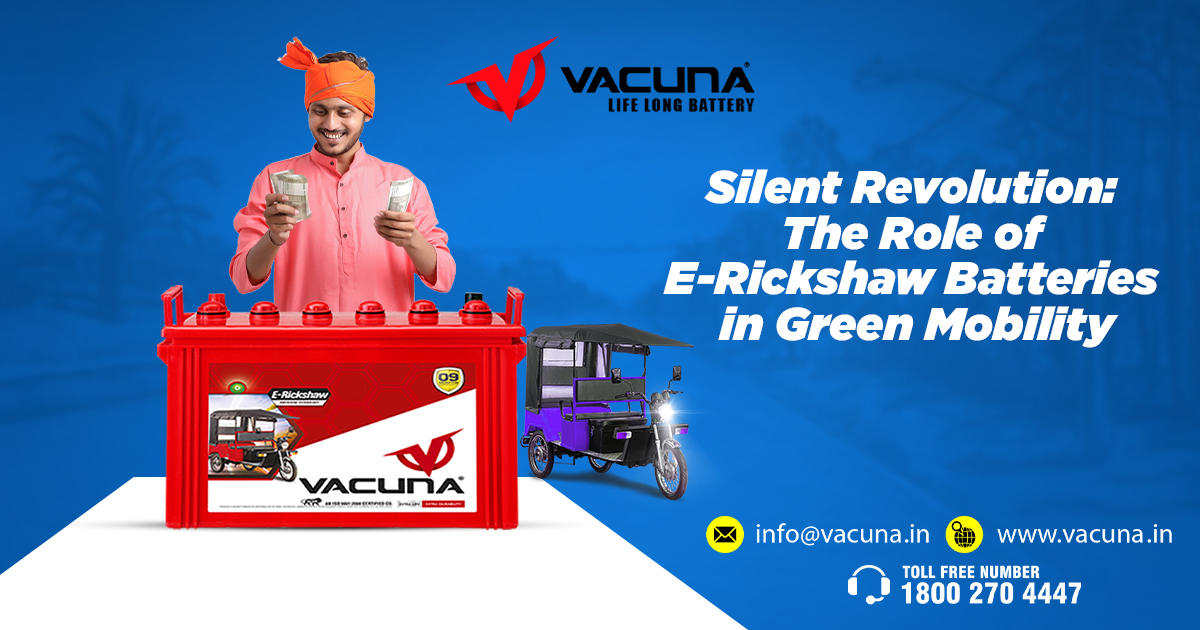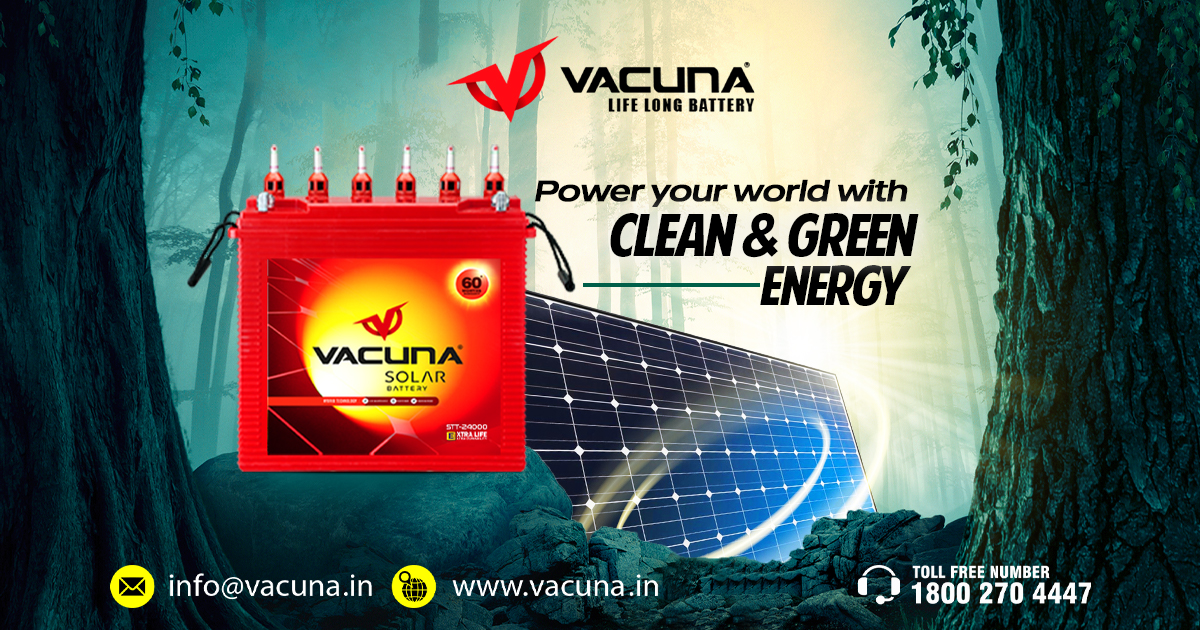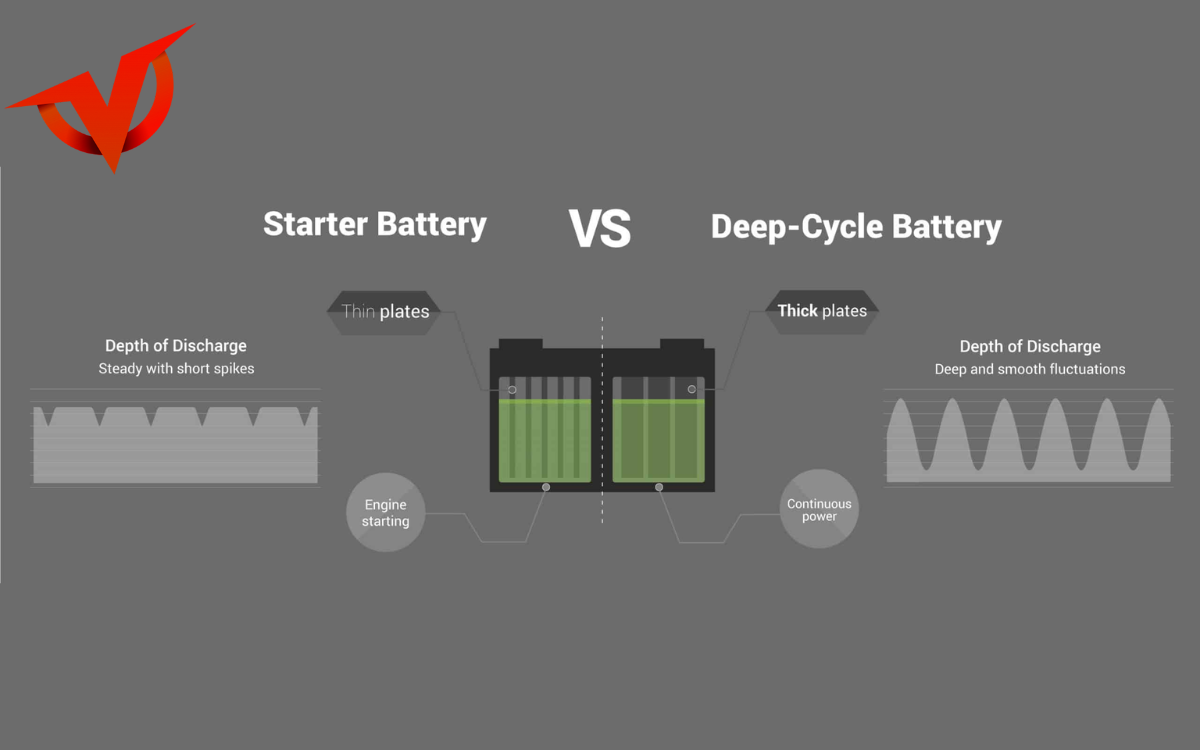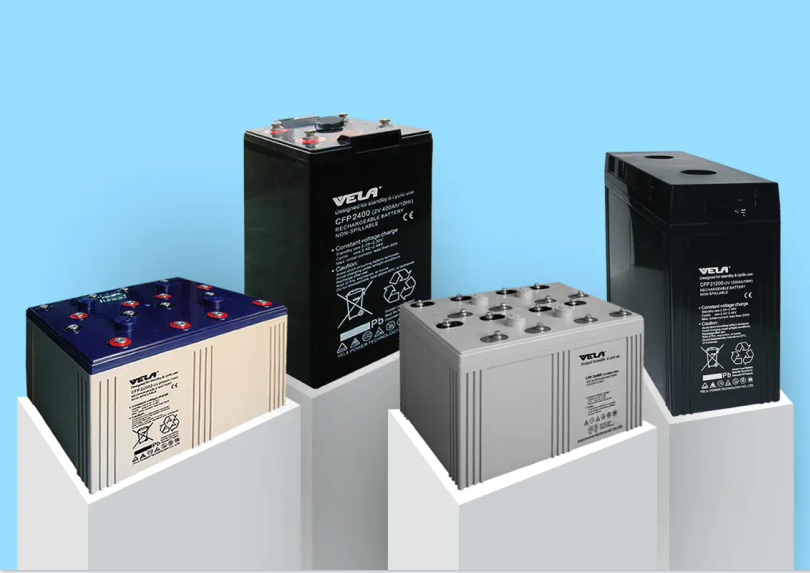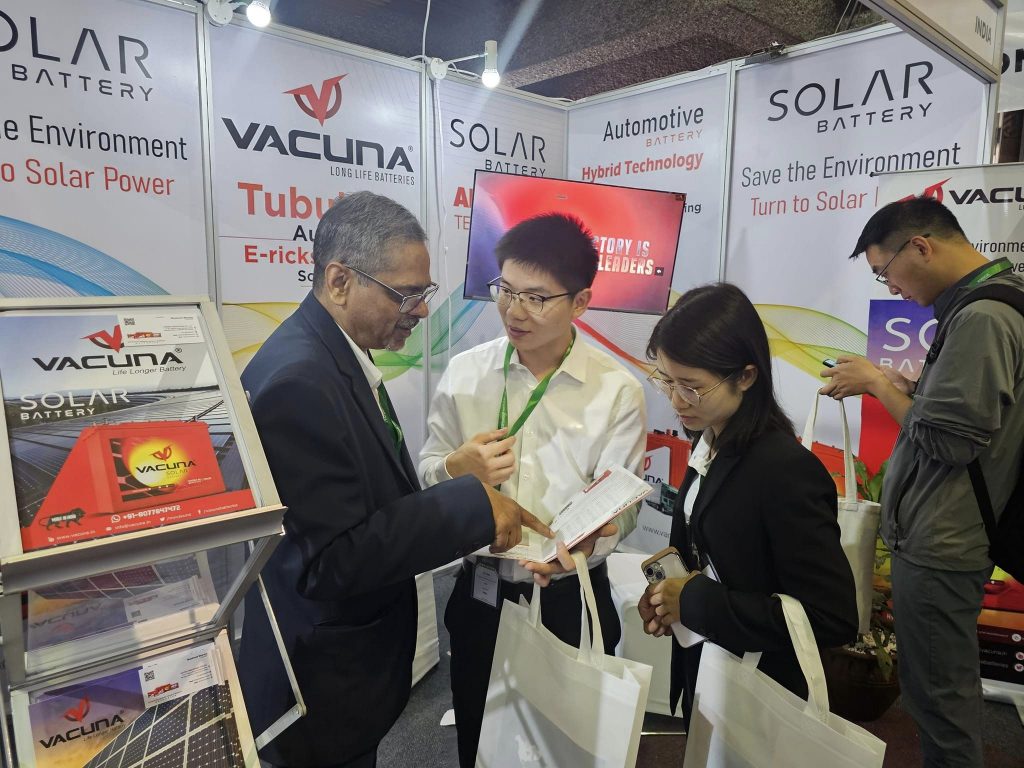In Nigeria, where power outages are all too common, ensuring uninterrupted electricity supply is essential, especially for educational institutions. Schools play a pivotal role in shaping the future of Nigeria’s youth, and access to reliable electricity is crucial for providing quality education. As a leading battery exporter to Nigeria, Vacuna is committed to empowering Nigerian schools with reliable inverter batteries that ensure uninterrupted power supply. In this article, we’ll explore the importance of inverter batteries for schools in Nigeria and how Vacuna is making a difference as a trusted battery exporter to the country.
The Challenge of Power Outages in Nigerian Schools
Nigerian schools often grapple with frequent power outages, which disrupt teaching and learning activities, compromise safety and security, and hinder academic progress. These outages not only impact students’ education but also affect administrative tasks, communication, and access to essential services within school premises. To overcome these challenges and provide a conducive learning environment, schools must have reliable backup power solutions in place.
The Role of Inverter Batteries in Ensuring Uninterrupted Power Supply
Inverter batteries play a vital role in providing backup power during outages, ensuring uninterrupted electricity supply to schools. Unlike traditional generators, which can be noisy, polluting, and expensive to operate, inverter batteries offer a clean, quiet, and efficient alternative for powering essential loads in schools. By storing energy from the grid or renewable sources such as solar panels, inverter batteries enable schools to maintain operations during power outages and continue delivering quality education to students.
Why Choose Vacuna Inverter Batteries for Nigerian Schools?
1. Reliability and Performance: Vacuna’s inverter batteries are engineered for reliability and performance, delivering consistent power backup to Nigerian schools when they need it most. Our batteries undergo rigorous testing to ensure durability, efficiency, and long-term reliability, providing peace of mind to school administrators and staff.
2. Customized Solutions: Vacuna offers customized inverter battery solutions tailored to the specific needs of Nigerian schools. Whether it’s a small primary school or a large secondary school, we have the expertise to design and deploy backup power systems that meet the unique requirements of each institution.
3. Ease of Installation and Maintenance: Vacuna’s inverter batteries are designed for easy installation and maintenance, minimizing downtime and disruption to school operations. Our user-friendly battery systems require minimal upkeep, allowing school staff to focus on their core responsibilities without the hassle of complex maintenance procedures.
4. Environmental Sustainability: Vacuna is committed to sustainability and environmental stewardship. Our inverter batteries are designed to be energy-efficient and eco-friendly, helping schools reduce their carbon footprint and contribute to a cleaner, greener future for Nigeria.
Inverter batteries are indispensable for ensuring uninterrupted power supply in Nigerian schools, enabling them to overcome the challenges posed by frequent power outages. As a trusted battery exporter to Nigeria, Vacuna is proud to support the country’s education sector by providing reliable inverter battery solutions that empower schools to deliver quality education to students. With Vacuna’s expertise, reliability, and commitment to excellence, Nigerian schools can thrive even in the face of power challenges, ensuring a brighter future for generations to come.





